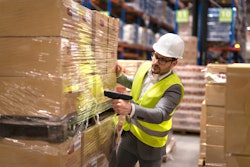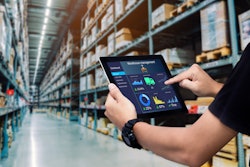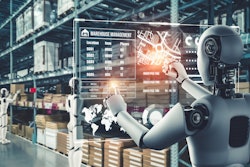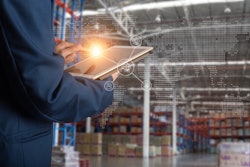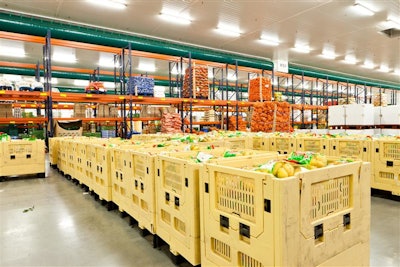
The accelerated rate of innovation in retail technology is a direct response to the increasing challenges food companies experience in the current market. Supply chain disruptions and labor shortages constrain operations and make advanced planning difficult. These pressures are motivating food retailers to look for new ways to leverage their technology to improve the customer experience.
Forward-looking retail leaders are shifting their perspectives from simple food safety and compliance to an elevated approach that empowers their employees to satisfy customers through higher levels of quality and freshness. For example, some food companies are employing Internet of Things (IoT) technology in their stores that generates descriptive insights and related prescriptive tasks. This enhanced form of IoT transforms the output of connected devices from basic report generation to actionable direction. Spreadsheet reports require employee interpretation, and each employee may interpret the raw data differently. Differences in interpretation and corresponding action cause operational inefficiencies, lowering confidence that the right corrective response is being executed. On the other hand, descriptive insights that are communicated in text create coherence across the organization and ensure confidence in the remedial action performed.
Simply having IoT devices implemented does not solve the supply chain or labor challenges. Connected devices are just there to collect the data—temperature, humidity, traffic, volume, current consumption, etc. The true potential of IoT becomes a reality when it is deployed in a way that uses the raw data to not only identify areas of risk, but also cause employees to perform the work necessary to minimize shrink and increase shelf life, while also confirming whether the work is being done. It’s helpful to think about this as a digital-physical-digital workflow. Digital sensing detects, for example, a reduction in temperature in a freezer due to overfilled inventory. The digital sensing creates a descriptive insight and prompts a physical action from an employee—move the overfilled inventory to a different freezer where there is more space. Then, the continuous digital sensing certifies whether the prescriptive action was completed or remains undone. This digital-physical-digital workflow continues as operations are optimized on a constant loop. In a difficult supply chain environment, this workflow is essential for reducing loss and protecting valuable product.
Not only does advanced IoT work to preserve products, but it also allows to reduce, redirect and retain labor. Continuous monitoring coupled with prescriptive action reduces the need for employee hours to be spent manually collecting data, something employees view as a tedious task that makes them feel unvalued. Those labor hours can be redirected towards more one-on-one interactions with customers that improve service. Employees can focus their energy on more revenue-driving activities, better merchandizing tactics and enhanced customer care. Retention can improve by reducing repetitive tasks and empowering employees to do more meaningful work that contributes to customer satisfaction. Gaining better effectiveness and efficiency with the labor that you have available is imperative in a tight labor market.
As food retailers develop a more sophisticated approach to IoT performance throughout their facilities, they will employ the power of prescriptive analytics to improve operations for real-time, short-term and long-term decision making.
Real-time insights tell about the immediate environment of your facilities and inform your response. Is there a door open right now that needs to be closed? Is one of the refrigerators cut off from power? Do we need to move inventory right now to prevent loss? The day-to-day operations of food retail become smarter through in-the-moment intelligence.
The short-term window looks ahead weeks at a time. Decisions in this timeframe should be informed by patterns in the data. Do I need to tweak my repair schedule given the maintenance data that I’m receiving? Can we lengthen the life of our equipment by fixing a component that is predicted to break three weeks from now? Short-term workflows help companies get quick wins through actionable adjustments to processes and procedures.
For long-term decisions, prescriptive IoT platforms make you conscious of opportunities relating to demand and inventory. Should we make a capital investment in more refrigerators or freezer space to keep up with future increases in demand? By what percentage do we need to reduce labor costs over the next quarter to meet our profit goals? Strategic planning is strengthened by descriptive insights that tell a coherent story about the direction of the future.
Having access to real-time, short-term, and long-term workflows that follow the digital-physical-digital framework for action keeps you competitive in a market where consumer expectations around speed, quality and freshness are higher than ever before. Food companies create loyal customers when they maintain the freshness of the supply chain and outpace their competitors’ level of quality at the in-store, delivery and at-home steps of the customer experience.
There is great opportunity for food retailers to enhance their customer experience by integrating sensing technology and task management. Advances in IoT are making it more accessible to incorporate digital and physical workflows in a way that enables operators to increase brand loyalty and profit potential. Global supply chain disruptions and widespread labor shortages demand that food retailers invest in digital transformation that allows them to delight their customers.





